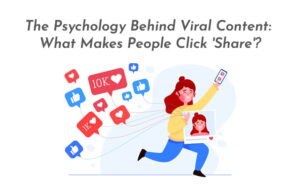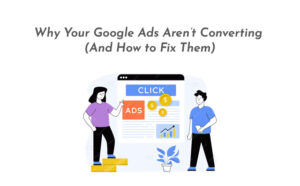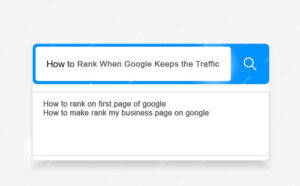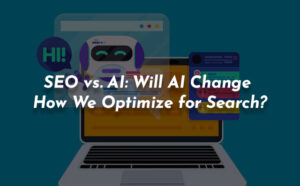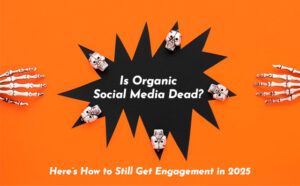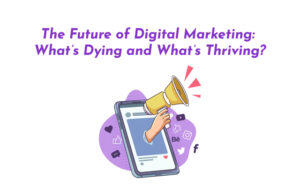Introduction:
In the ever-evolving landscape of marketing, businesses are continually seeking ways to boost their presence and engagement without breaking the bank. The quest for cost-efficient strategies has become more crucial than ever, especially for small and medium-sized enterprises aiming to maximize their impact. This article explores practical approaches to improve marketing efforts in a much more cost-efficient manner, providing actionable insights and real-world examples for businesses of all sizes.
- Leverage the Power of Social Media:
Social media platforms have become indispensable tools for marketers, offering a cost-effective way to reach a wide audience. Establishing a strong presence on platforms like Facebook, Instagram, Twitter, and LinkedIn allows businesses to connect with their target audience directly.
Example: Consider the success story of Dollar Shave Club, a subscription-based razor company. Through a witty and engaging video shared on social media, the company quickly gained attention and acquired a large customer base without a hefty advertising budget.
You would like to read: The History Of Social Media Marketing
To maximize the impact on social media:
- Define your target audience and choose platforms where they are most active.
- Create compelling, shareable content that resonates with your audience.
- Engage with your followers through comments, direct messages, and interactive content.
- Embrace Content Marketing:
Content marketing remains a cost-efficient powerhouse for building brand awareness, establishing authority, and driving organic traffic. By creating valuable and relevant content, businesses can position themselves as industry leaders and attract a loyal audience over time.
Example: HubSpot, a marketing and sales software company, excels at content marketing. Through their blog, ebooks, and educational content, they provide valuable resources for businesses while subtly showcasing the benefits of their products.
To enhance your content marketing efforts:
- Identify the pain points and interests of your target audience.
- Develop a content calendar with a mix of blog posts, videos, infographics, and other formats.
- Optimize content for search engines to increase visibility and reach.
You would like to read: Winning Strategies: Consumer Psychology In Marketing
- Harness the Potential of Email Marketing:
Email marketing remains a cost-effective channel with a high return on investment. Building and nurturing an email list allows businesses to engage with their audience on a more personal level, delivering targeted messages and promotions.
Example: Airbnb utilizes email marketing to keep users engaged and encourage bookings. By sending personalized recommendations, updates, and exclusive offers, Airbnb maintains a direct line of communication with its user base.
To optimize your email marketing strategy:
- Build a segmented email list based on customer preferences and behaviors.
- Craft compelling subject lines and personalized content to increase open rates.
- Test and analyze different approaches to refine your email campaigns over time.
- Collaborate with Influencers:
Influencer marketing offers a cost-efficient way to tap into the credibility and reach of individuals who have built a loyal following in your industry. By partnering with influencers relevant to your brand, you can extend your reach and build trust with their audience.
Example: Gymshark, a fitness apparel brand, has successfully leveraged influencer marketing to promote its products. Collaborating with fitness influencers on social media, Gymshark reaches a broader audience and gains credibility in the fitness community.
To succeed with influencer marketing:
- Identify influencers aligned with your brand values and target audience.
- Negotiate mutually beneficial partnerships, considering both monetary and non-monetary incentives.
- Monitor and measure the impact of influencer collaborations to refine your approach.
You would like to read: Exploring The Spectrum Of Influencers: Understanding The Types And Impact
- Implement Search Engine Optimization (SEO):
Search Engine Optimization (SEO) is a fundamental aspect of cost-efficient marketing, ensuring that your online content is discoverable by search engines. By optimizing your website and content for relevant keywords, you can increase organic traffic and improve your search engine rankings.
Example: Moz, a software company specializing in SEO tools, practices what it preaches. Their blog provides valuable SEO insights and resources, driving organic traffic and establishing Moz as an authority in the field.
To enhance your SEO efforts:
- Conduct keyword research to identify relevant terms for your industry.
- Optimize on-page elements such as title tags, meta descriptions, and headers.
- Build high-quality backlinks through guest posting, partnerships, and outreach.
- Emphasize Customer Retention:
While acquiring new customers is essential, retaining existing ones is often more cost-effective. Loyal customers not only contribute to recurring revenue but also serve as brand advocates, attracting new customers through word-of-mouth.
Example: Amazon Prime has mastered customer retention by offering exclusive benefits, such as free shipping and access to streaming services. These perks encourage customers to remain loyal and continue their subscription.
To improve customer retention:
- Provide exceptional customer service to address issues promptly.
- Implement loyalty programs with rewards and discounts for repeat purchases.
- Collect and analyze customer feedback to continuously improve your products or services.
- Utilize User-Generated Content:
User-generated content (UGC) is a valuable asset that can be leveraged to showcase your brand through the eyes of satisfied customers. Encouraging customers to share their experiences and creations can create a sense of community and authenticity around your brand.
Example: GoPro, a brand known for its action cameras, thrives on user-generated content. Customers share their adventurous videos and photos taken with GoPro cameras, creating a powerful community and serving as free promotion for the brand.
To harness the power of user-generated content:
- Encourage customers to share their experiences through contests or social media campaigns.
- Showcase UGC on your website, social media, and marketing materials.
- Express gratitude to customers who contribute, fostering a sense of community.
Conclusion:
In the pursuit of cost-efficient marketing, businesses can thrive by adopting a strategic combination of these approaches. From social media and content marketing to email campaigns and influencer collaborations, the key lies in understanding your target audience and delivering value consistently. By embracing these cost-effective strategies, businesses can not only optimize their marketing efforts but also build lasting connections with their audience, ultimately leading to sustained growth and success in the competitive business landscape.


